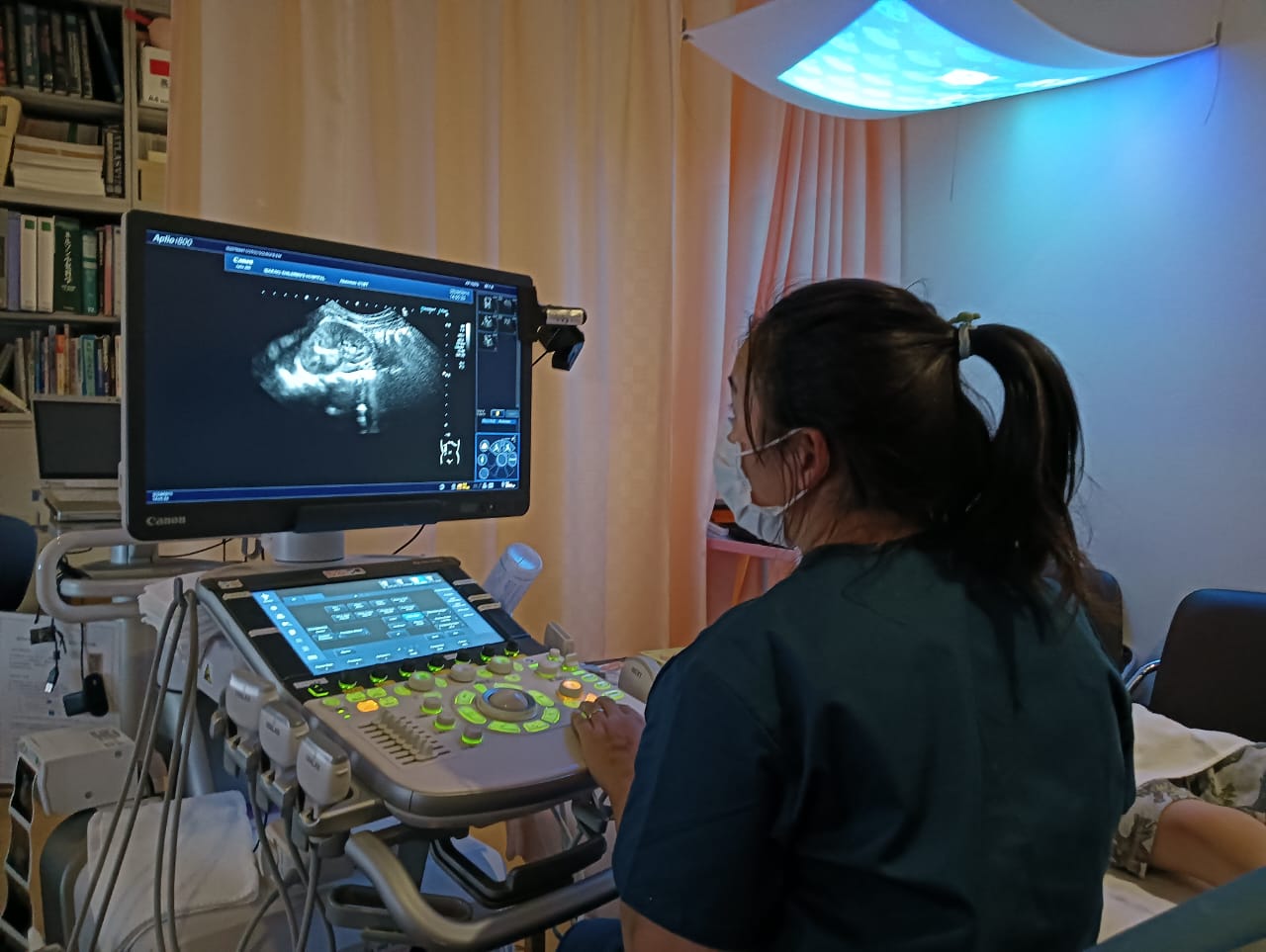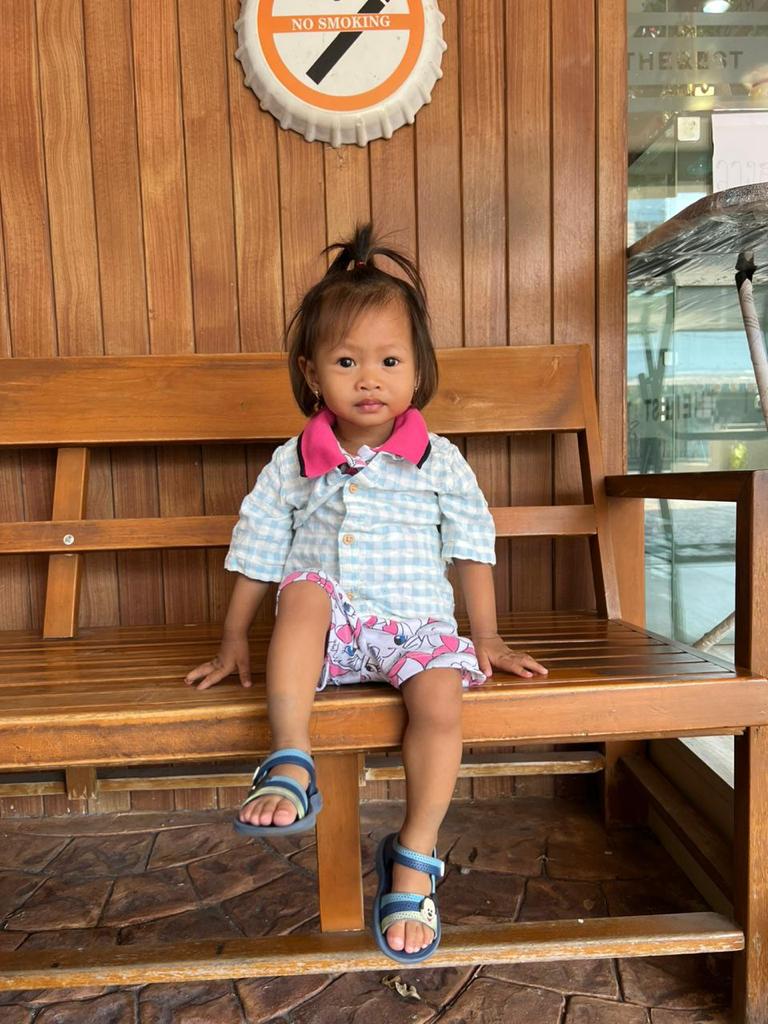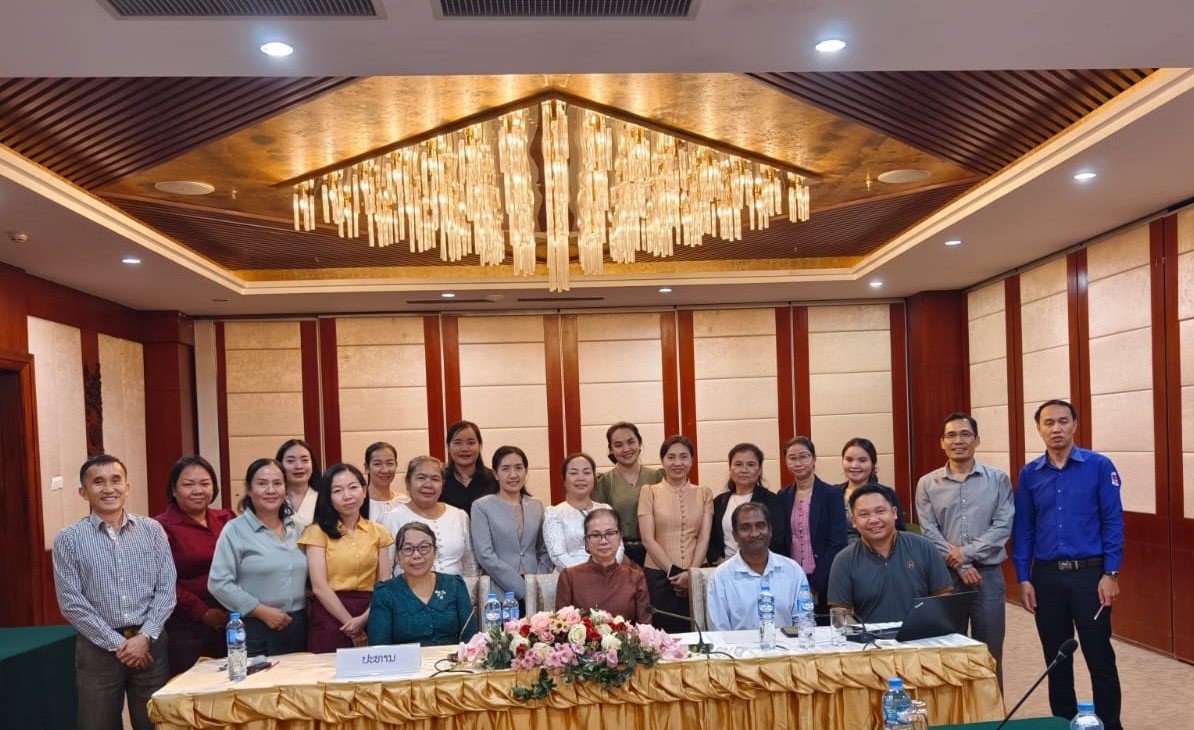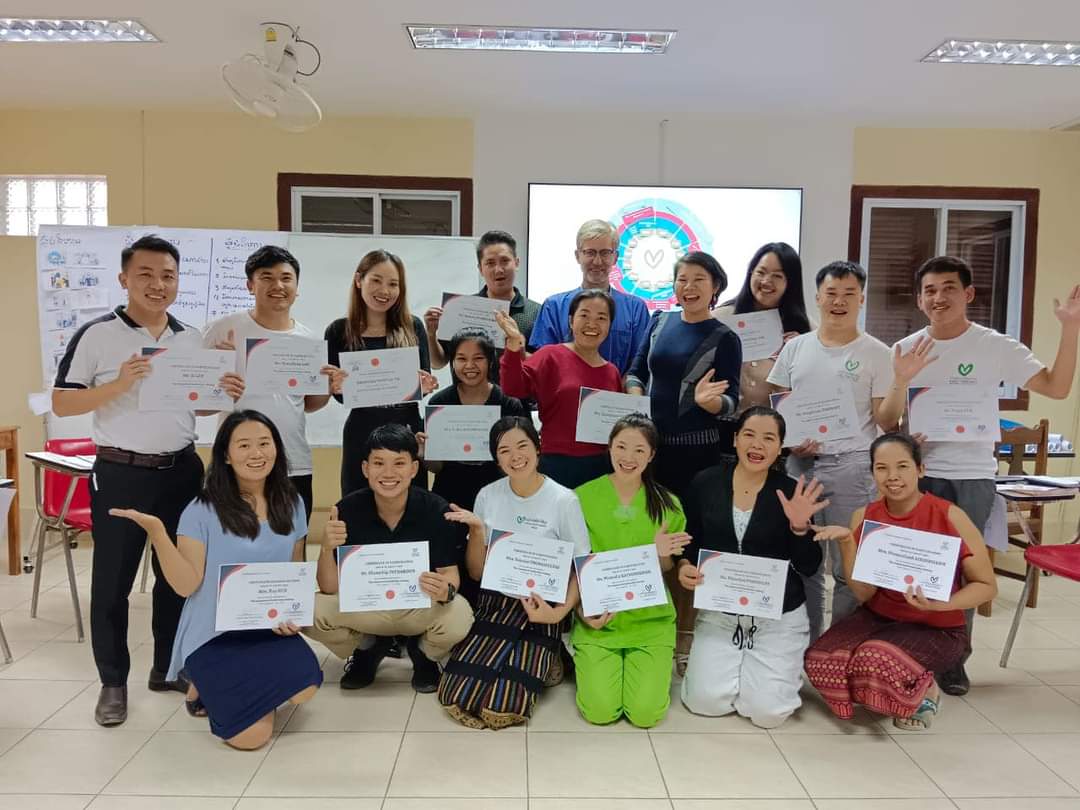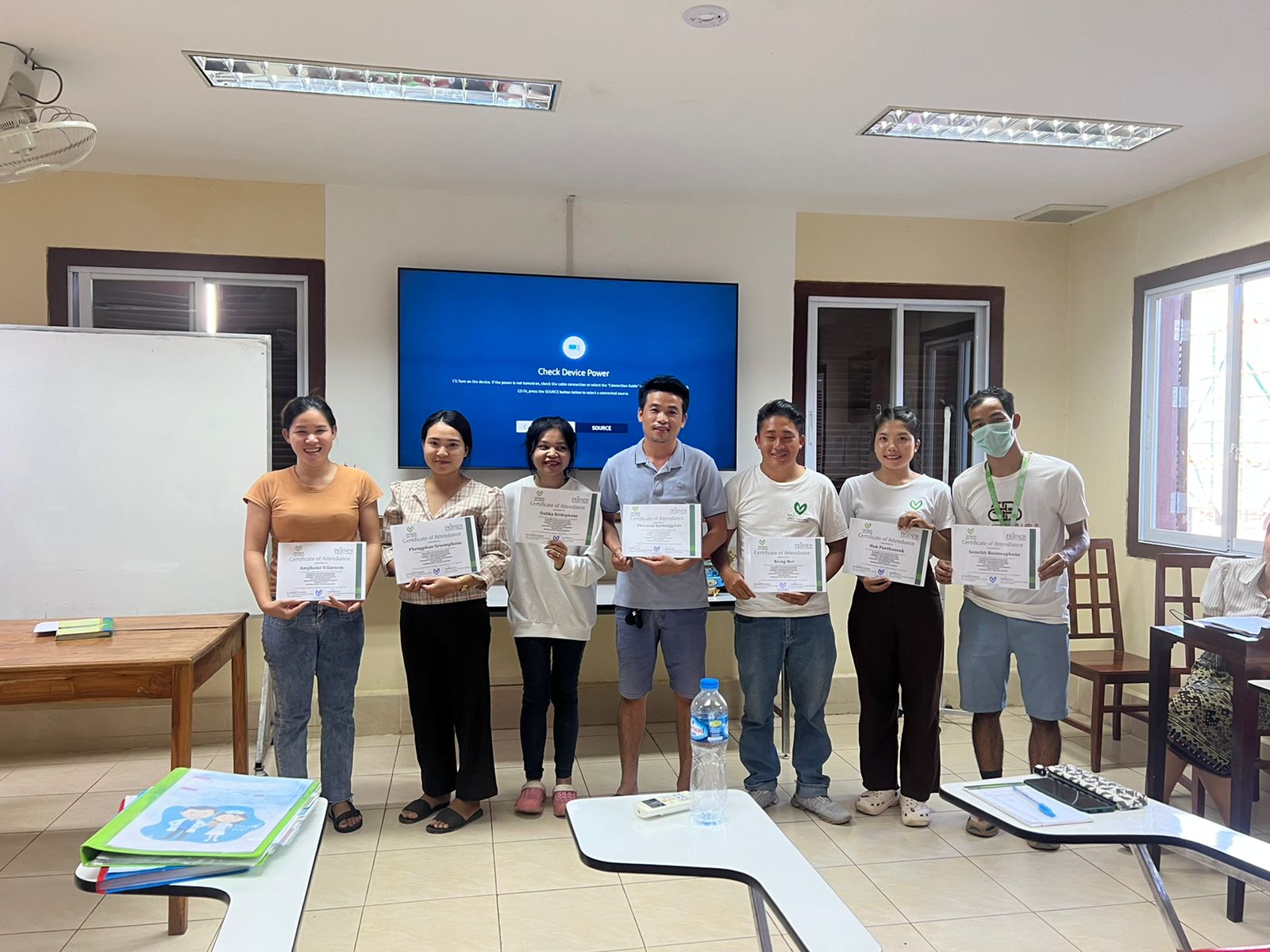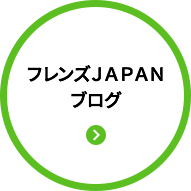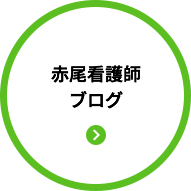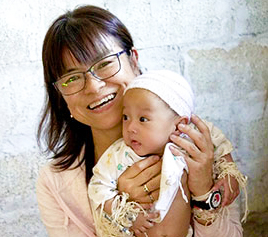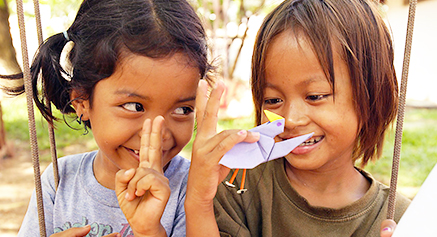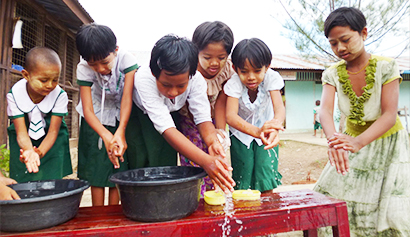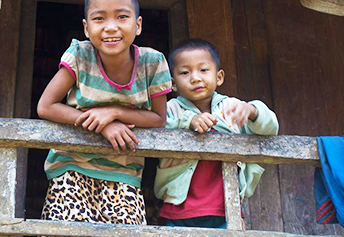Crowd funding: Visiting children across rough roads and mountains: Continuing our outreach program in Laos.2023.05.26
Reasons for taking on this crowdfunding challenge.
Our first crowdfunding challenge was in 2016. Since then, we have successfully engaged in six more campaigns and thanks to the understanding and great support of our donors, we have achieved all of our goals. We cannot thank you enough.
Lao Friends Hospital for Children (LFHC) is a non-profit organization with limited operating funds, but has always sought to grow. We want to leave behind a unique hospital that will contribute to the development of pediatric care in the country, rather than a children’s hospital that can be found anywhere in Laos.
With this vision in mind, I am calling on you for your vital support for our outreach activities, which are providing essential and lifesaving services not currently provided by any other hospitals in the region. Outreach activities have been a part of my involvement in pediatric care in Southeast Asia for the past 24 years, and I am passionate that these services can and do change lives not only of patients, but of families and communities too.
What are outreach activities?
The word “outreach” itself means “being proactive” and reaching out”; at LFHC, we mean “going out to provide care” – “homecare visit” activities for those patients and families who cannot make the often long and difficult journey to the town for essential care.
However, our activities are not limited to homecare visit. For example, we also spend a lot of time on in-hospital activities such as supporting hospitalized patients to smoothly return to their home life after discharge and providing financial and critical socio-psychological support necessary for them to receive treatment with peace of mind.
Since last year, we have been focusing on Palliative Care and End-of-life Care. We have started to think together with families about what we can do to help patients live without pain in instances where they cannot be helped with treatment.
We also provide psychological support and culturally relevant care to families in the event of an unfortunate anticipated death or loss. Although the situation is different from Japan and the U.S., and what we can do is limited, we aim to provide care that values the quality of life of the patient and his/her family regardless of geography or means.
Outreach activities (example)
- Home nursing
- Social assessment (financial situation, family issues, etc.) and provision of appropriate support
- Child safety assessment and education
- HIV care and support for various medications
- Palliative care
- End of life care and postmortem care (support for family)
- Coordination of hospital multi-industry collaboration in discharge planning
- Cooperation with external NPOs and government agencies
- Coordination of medical treatment when overseas medical specialists visit the hospital.
- Others: Responding to requests for discharge from the hospital by patients’ families
And the list goes on…! We are adding more activities all the time in response to community and patient needs.
How did I get started with outreach activities?
LFHC is operated by Friends Without a Border (FWAB), and FWAB’s first project was the construction and operation of a children’s hospital in Cambodia. When I started working there in 1999, a girl (A) was hospitalized for a long time with a brain disease.
Although she was still suffering from severe aftereffects after completing treatment, the hospital had already done everything it could and decided to proceed with her discharge. Although A’s eyes were open, she had no awareness or recognition of the world around her.
Not only was she unable to move on her own, but her body had to be propped up and was rigid like a stick.
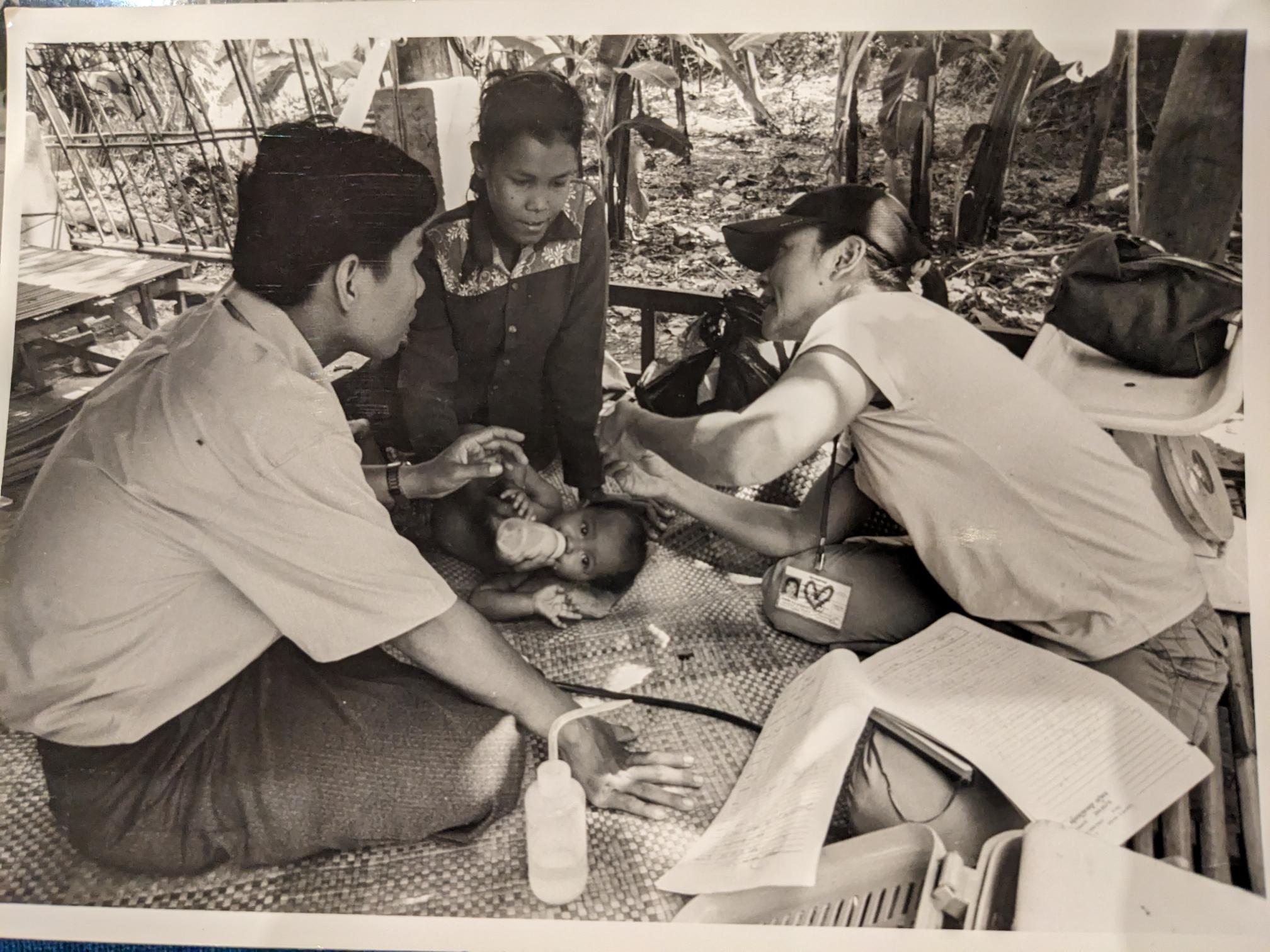
“What do you want me to do?” I still cannot forget the look on her father’s face when his daughter was discharged from the hospital. With no social welfare services, no quality local medical care, and no way for his family to survive without all hands working on the farm, the lack of available care for her must have been a blow of anxiety and embarrassment beyond imagination.
When I saw the look on the father’s face, it made me wonder what we could do to help. At the time, we consulted with the nearest medical facility to A’s home to get their cooperation. They told us When a person is in this condition (unable to move on her own), we consider them as good as dead. There is nothing we can do.” I was so shocked that I decided to do something about it, and my life’s work in outreach began.
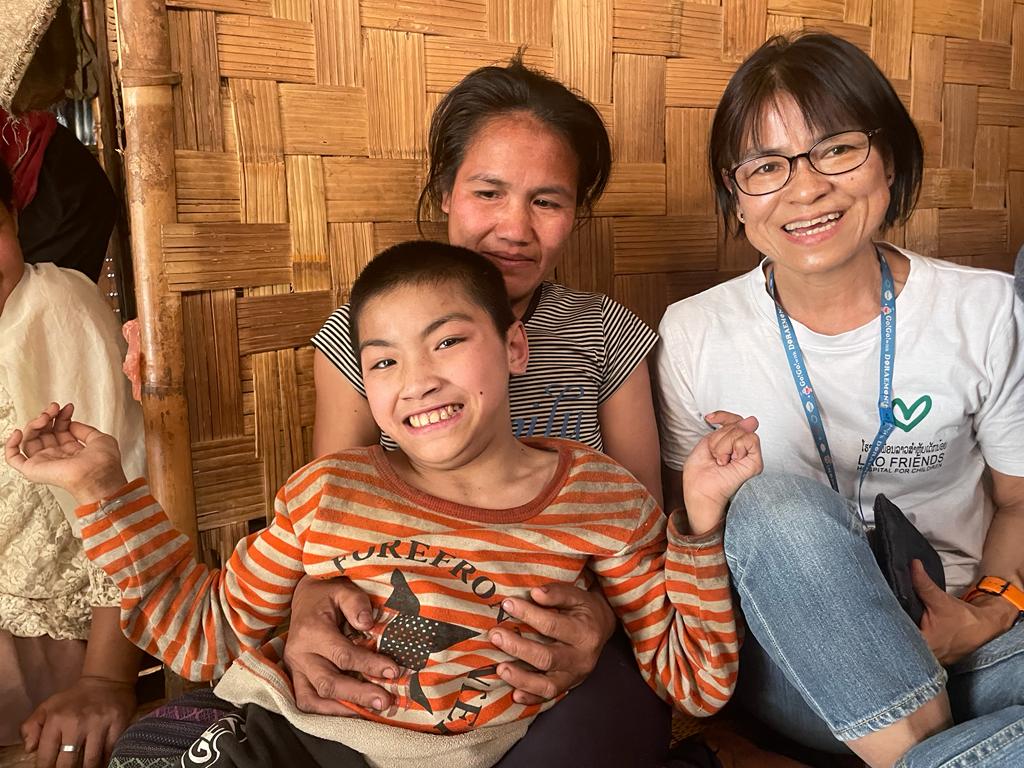
Hospitals treat 100 to 150 patients daily. In comparison, home nursing often only takes care of a few patients in a half-day trip to a village over 100 kilometers away. In the current climate of efficiency-driven non-profits, many disregard outreach as resource intensive and not cost-effective.
NPOs do indeed have financial restrictions and a responsibility to donors to be cost-efficient; however, there are some things we cannot put a price on, some activities where efficiency must take the back seat to care, compassion and humanity. I have continued to persuade those around me to continue our outreach activities because I am convinced that we absolutely cannot stop.
I am convinced that it will be effective in maintaining health in the long run, and I have seen firsthand the immediate impact on children’s and families’ lives.
Meeting H: Care beyond the hospital
I first met H when she was 4 months old. Her mother had given birth seven times, but all of them died within a few months. H’s mother was unable to breastfeed, but due to economic poverty she could not afford to buy formula either, so she was feeding H with a mixture of porridge water and sugar. The mother and father also had nothing to eat themselves, and this was the best they could do for H.
It was obvious that H was severely malnourished, so immediately took her to the hospital where she began treatment for infection and improvement of her nutritional condition.

Recovery took several months, but she was able to leave the hospital with no significant problem remaining But here is the important part: H left the hospital to return to the same conditions she left. Her families’ circumstances hadn’t changed during her hospitalization, and it was highly likely she would return to the hospital with the same problems as before, or worse, not make it back at all.
So, through homecare visits, the outreach team actually goes to where the patient lives and gains a holistic understanding of the environment, community, ethnic customs, relationship dynamics, and other influencing factors surrounding the patient to identify and solve problems that affect their health one by one.
H experienced malnutrition because of food poverty, but this is not always the situation for every patient with malnutrition. It is often assumed that there is “no food,”; however, malnutrition can be the result of not knowing what to eat or how much to eat, or having no one to do the cooking In order to find out what is affecting the health of a patient, it is very important to understand their daily life.
It was clear to us that in H’s circumstances, if her economic situation did not change, not amount of nutrition education would make a difference. We decided to caring for her after she left the hospital as a homecare patient.
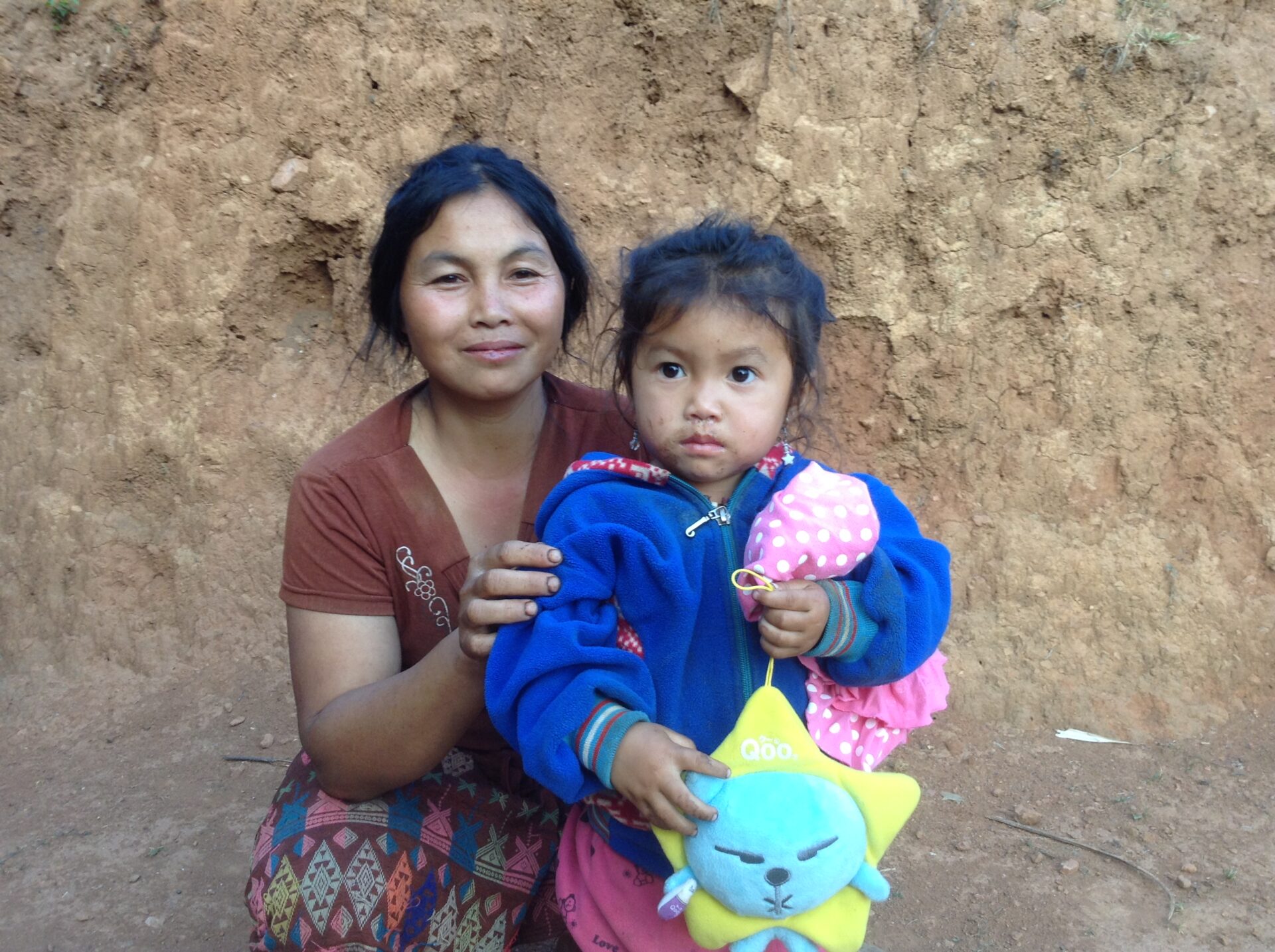
The visits to H’s family with such a care plan continued for five years, and for the first time, H’s family was able to raise a child over one year old. H is now a happy five-year-old.
What Your Donations Can Make Possible?
Currently, the outreach team at LFHC consists of six members: two homecare nurses, one counselor, one social worker, one driver and myself (Kazumi Akao).
Home care is provided Monday through Friday. The number of visits per month ranges from 20 to 50 with variations between the wet and dry seasons. And the annual mileage spent on home nursing visits in 2022 covers approximately 40,000 km – approximately the circumnavigation of the earth! With one driver covering this considerable distance for us, we worry that the driver’s back might break, but he is doing his best.These trips cover not only physical distance, but also the many stories packed into each visit, the relationships cultivated, the lives of the children, and the smiles of the families.
Meanwhile, despite the dedication of our social worker and counsellor, the psychosocial needs of patients and anxieties of families call for more hands on deck than we have.
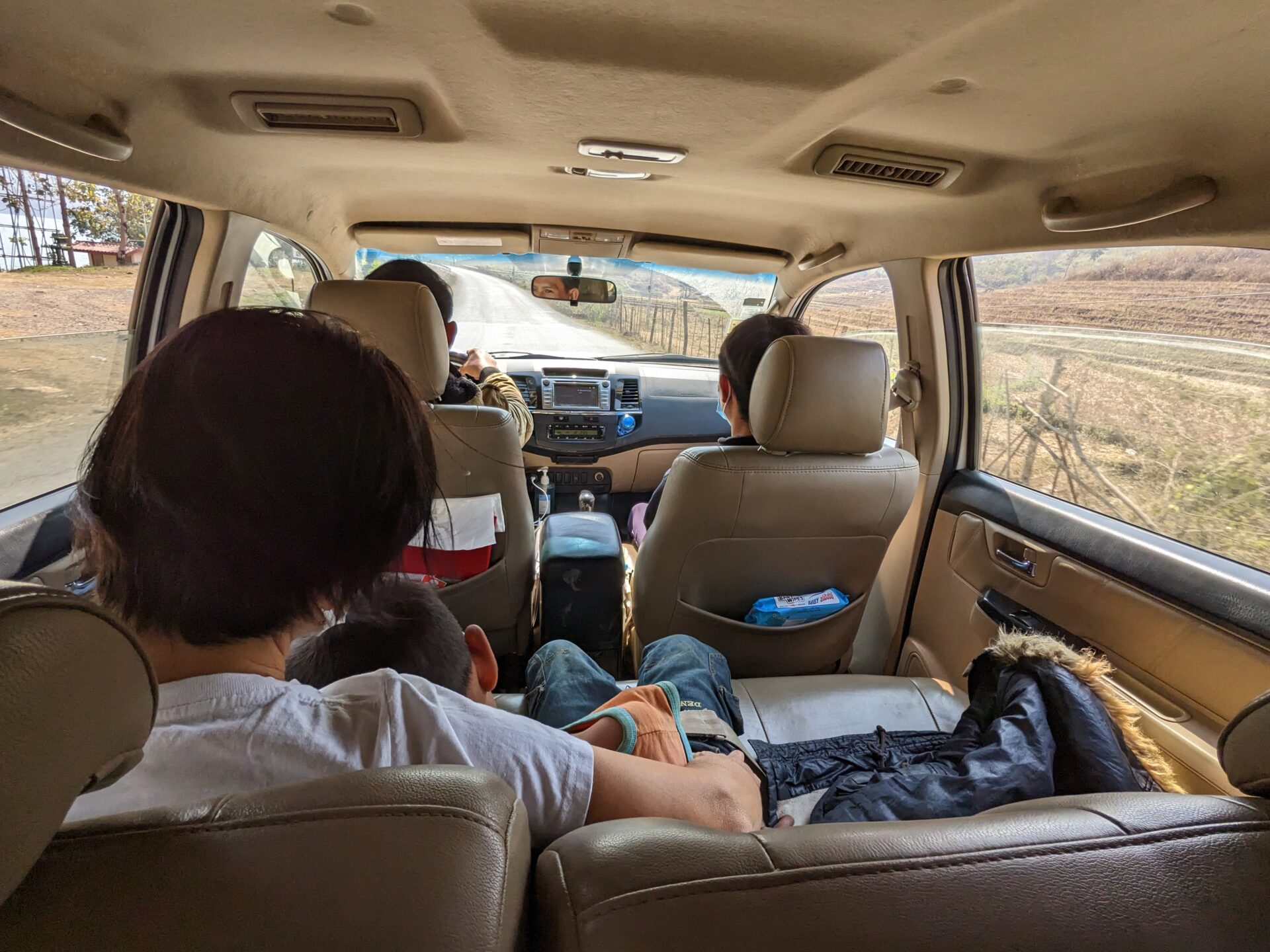
We are increasingly working with patients with kidney disease and disabilities, and the need for homecare visit is greater than ever. Accordingly, we are looking to expand our team and more social workers.
We cannot achieve this alone. Therefore, we would like to ask for your help and continued support for the children who are awaiting for our visit in Laos.
We hope you will support us and make a donation.
◆Target amount: 4.5 million yen
◆Use of Funds:
- Cost for staff: 3 million yen
- Vehicle maintenance and transportation: 1,000,000 yen
- Expenses for patient support: 500,000 yen
Support (excerpts) Food, powdered milk, baby bottles, mixer (for preparing meals for patients who provide meals through a nasal tube)
- Clock (to take medication on time)
- Burial costs after death, ambulance costs for transportation (can be quite expensive)
- School supplies, uniforms, clothing, connection cords to bring electricity to the home, balls and other toys, etc.
*Patient wellbeing is our highest priority. This project will go ahead as described in the implementation details above. If we fail to reach our target, we stand ready to pay out of pocket to ensure our patients receive the compassion and care they deserve.

Building relationships brings healthcare closer, and we aim to continue such outreach activities.
In order to provide support to patients and their families, as we did for H, it is essential to get to know the patients and their families. Treatment with medication is of course necessary, but in addition, we recognize that a patient’s health is threatened by more than pathogens. This is why our staff spends a lot of time talking to patients and their families. This time and vital rapport building eliminates barriers between us as healthcare professionals and our patients. The outreach team gives a phone number to the families we visit and engage with, saying, “Call us if you need anything.”
I feel that a relationship has been established where people feel free to call and express their concerns. The questions that people ask over the phone vary from small to large, such as symptoms or the fact that they want to go to a hospital but do not have the money. Getting people to make these calls will greatly shorten “the distance” between people and medical care.
For me, one of the major roles of the outreach program is to act as a family member, an uncle or aunt who gives a boost and offers help when people are wondering what to do.
If you have any questions, please contact us at friends@fwab.jp.
Thank you so much for your consideration.
Kazumi Akao
Representative of Friends Without A Border Japan
Director of Outreach Program(LFHC)











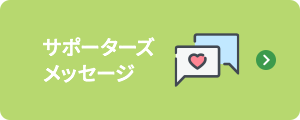

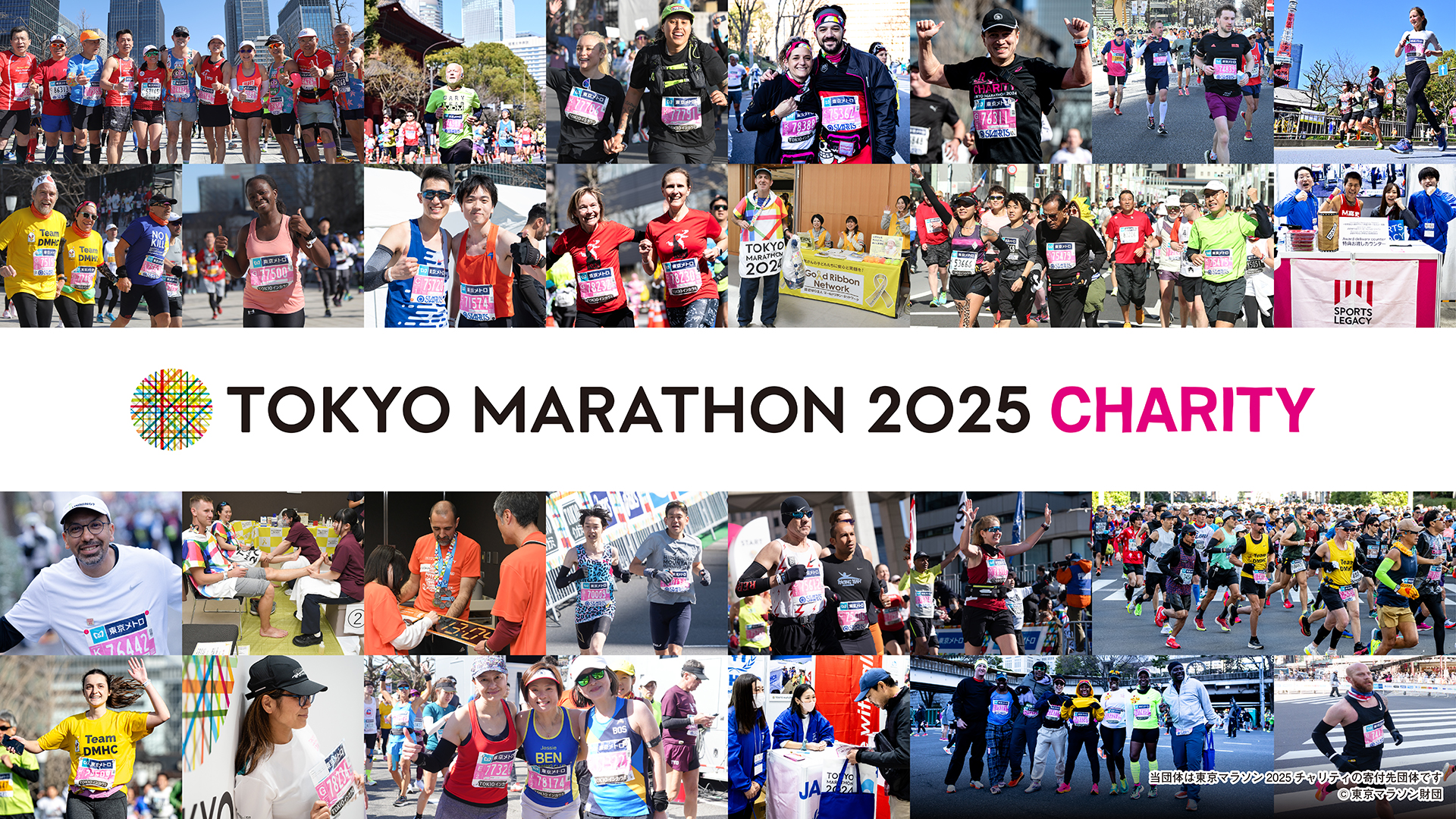

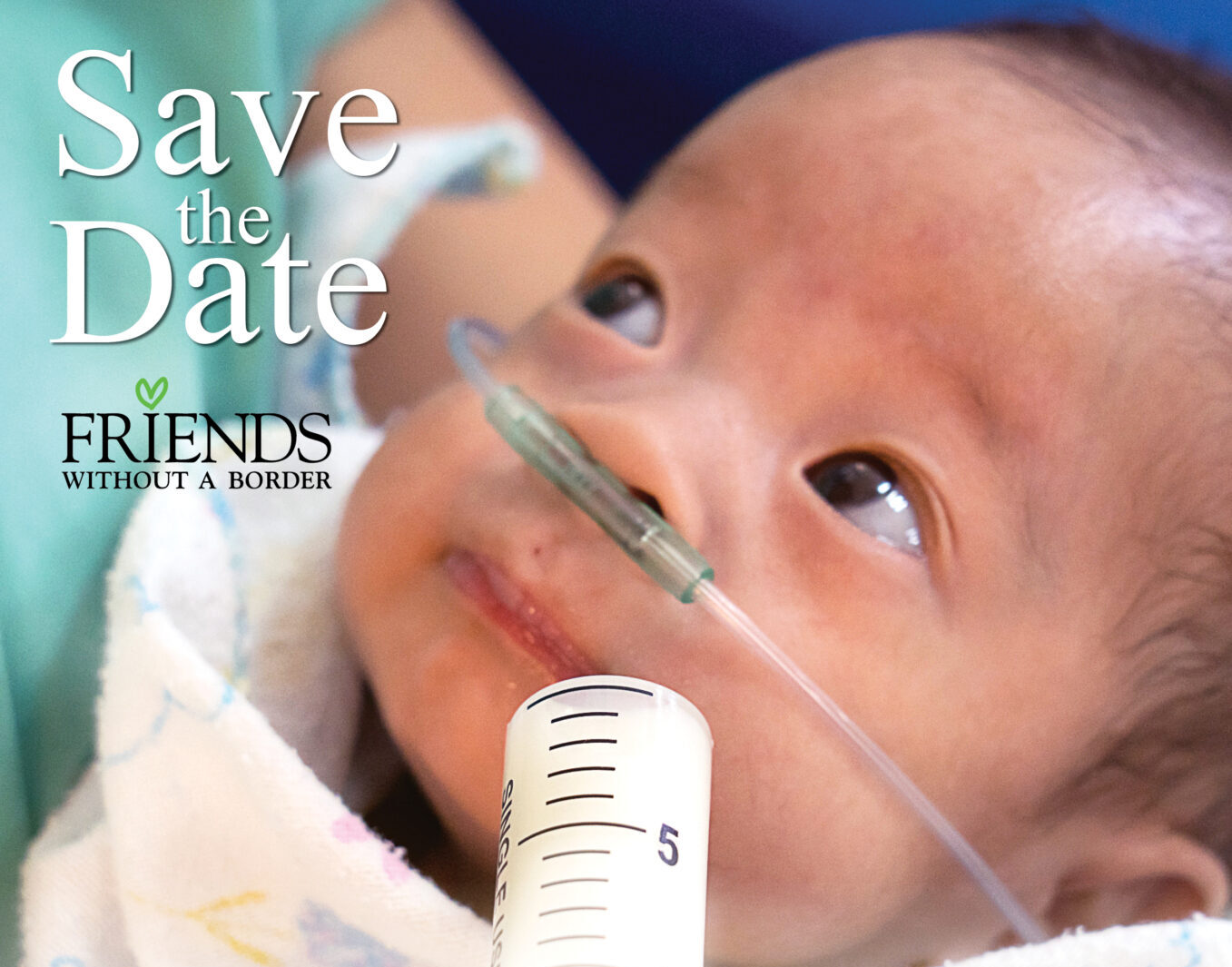


 ラオス
ラオス 
